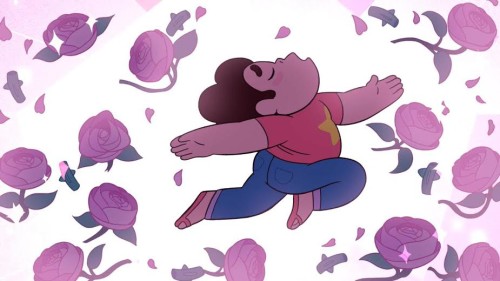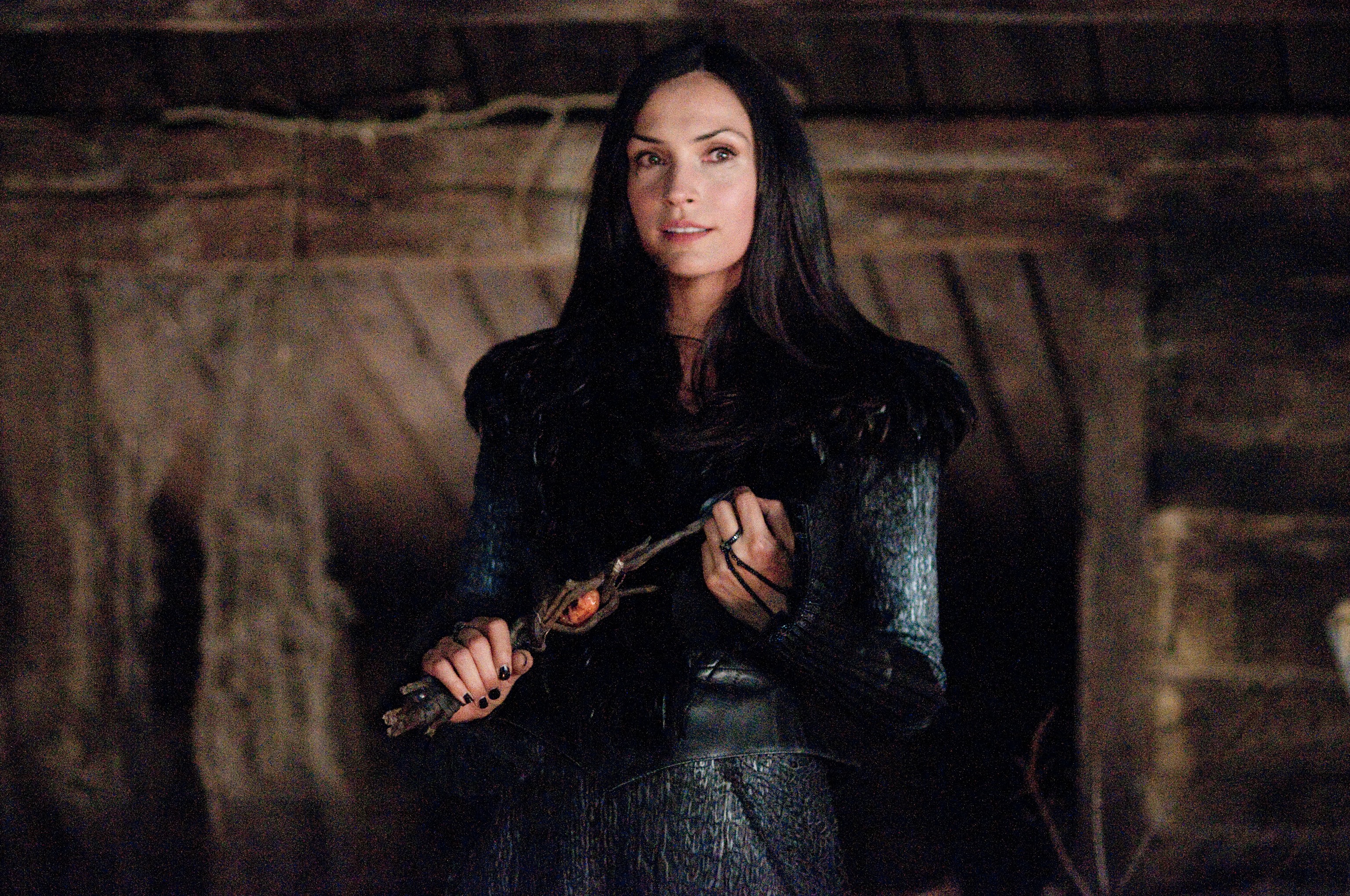This guest post by Ashley Gallagher appears as part of our theme week on Masculinity.
I wasn’t very fond of boys growing up. Boys were agents of terror on my young life: my very first memory of body shame is from a summer school sprinkler day, when a 7-year-old boy chased me relentlessly around the courtyard trying to pull my bikini. (Next week, and every week thereafter that summer, I wore a one-piece to sprinkler day.) Even worse, the adults in my life – particularly men – often excused behavior like this as something natural and intrinsic to boyhood. When I’d complain of a boy at school teasing me, they’d tease me back, insisting that not only was this a boy’s way of expressing affection for me, but also that I must be crushing back, if I was so fixated on it. After that, I was far less likely to tell the adults in my life when, say, another group of boys chased me around my neighborhood on bikes, demanding that I admit to liking one of their friends, and scaring me so badly that I hid in a neighbor’s yard until they went away, instinctively feeling that I didn’t want them to know where I really lived. Boyhood as it’s commonly understood and treated is toxic: on the theater of the playground where children are trying on identities to see what fits, many boys are already skilled at assuming the sexist behaviors that will seem so harmless to them as adult men, because that’s how they were treated when they were children.
That’s a big part of the reason why I fell in love with Steven Universe almost as soon as I started watching it. Steven, the title character, isn’t the troublemaking, reckless, pain-in-the-butt Boy-with-a-capital-B I feared I’d have to watch around to get to the powerful women and loving queer folk I really wanted to see. He’s unreserved, adventurous, and confident – all good traits that are fairly typical for boy leads in kids’ shows – but he is also affectionate, selfless, very prone to crying, and just plain effin’ adorable. I mean, look at this clip from the first episode–how could I resist the charm of that plump little kid reciting the bizarrely detailed hip-hop ad jingle for his favorite novelty ice cream treat, all without an ounce of self-consciousness? I smiled and laughed like he and the Crystal Gems do in that moment, refreshed and entertained by the genuine joy that Steven seems to radiate.
Steven is truly the beating heart of the show, but it’s not because he’s a boy. In fact, many of his defining characteristics are distinctly un-boyish, as far as popular media tropes are concerned. Empathy and kindness, for example, are often depicted as especially feminine, and therefore less powerful traits than traditionally masculine ones like ambition or courage, but in the world of Steven Universe, not only are they not at all treated as weaknesses or internal conflicts, they are also frequently the source of his greatest powers.
Unlike most boy “chosen ones,” Steven’s magical abilities are distinctly defensive: the very first weapon that Steven is able to summon in the first episode, “Gem Glow,” is not an offensive weapon at all, but an impenetrable shield – bright pink and adorned with a rose emblem, no less. (Which gendered toy aisle would an action figure like that end up in, I wonder?) He can form a pink glassy bubble to protect himself and others around him. And, perhaps most subversively of all, he has healing abilities. While that is obviously a very handy power to have, folks well-acquainted with fantasy genres in a number of forms, particularly video game RPGs, will also probably be aware of the ubiquitous idea that healing is for support characters, usually women, and therefore has the reputation of being a relatively uncool, even “useless” power. Not only is Steven – the only boy Gem that exists, as far as we know – the first Gem since his mother, Rose Quartz, to have these healing powers, the show treats this frequently feminized ability as the extremely vital asset that it is. Several of the first season’s episodes center on Steven’s healing abilities, including a very important two-parter, “Mirror Gem” and “Ocean Gem,” in which Steven heals a character named Lapis Lazuli who has been deeply injured both physically and emotionally, even though the Crystal Gems initially insist that he should fear and reject her. Partially due to this kindness, Lapis is later in a position to help Steven and the Crystal Gems in some very unexpected ways. In another episode, “Monster Buddies,” Steven attempts to befriend a baby monster that the Crystal Gems would normally destroy. In fact, it’s the infant form of a monster that once attacked Steven himself and his home – but despite that history, Steven is still determined to heal it, not with his powers (which he actually doesn’t discover until an episode or two later), but with his caring, a feat that even his legendary mother could never accomplish.
Steven’s kind personality is just as powerful in regular human contexts as it is in magical ones. Indeed, Steven reminds me of no other fictional character more than Usagi Tsukino, aka Sailor Moon, whose ultra-famous superpower is her ability to befriend literally anyone, and heal the world with the power of that love. (Even some of Steven’s poses are strongly reminiscent of magical girl moves.)

Case in point: no one seems to notice the quiet, solitary Connie, but after Steven becomes best friends with her, she reveals herself to be a whip-smart, multi-talented, delightfully nerdy, wonderful kid. They clearly have more-than-friendship feelings for each other, but those feelings are allowed to comfortably coexist with their close friendship, and the show gracefully resists treating their crush as a source of conflict.
Honestly, Steven and Connie’s relationship is one of the best things about the show, because it is such a breath of fresh air. The twisted narratives of young love, whether in fiction or real-life, are so gut-wrenchingly familiar: they hate each other, but they’re secretly drawn to one another; or, he’s cruel to her because he doesn’t know how to express how he really feels. Not so in Steven Universe. From the very start, Steven treats Connie as a person who is interesting and dear to him as an individual, and whose well-being is vitally important to him, rather than as some sort of ideal love interest that he needs to maintain distance from to attain. There’s mystery and miscommunication, sure, but no fear, no hatred of oneself or the other, and lots of joy and discovery. In one of my favorite episodes, “Alone Together,” Connie tells Steven that she can’t dance around other people because she’s afraid of them staring at her. Steven invites Connie to dance with him, doing his best to help her feel comfortable: he holds out his hand to her, but steps back to give her space to make the decision, and even covers his eyes so that she doesn’t feel him staring. When they start dancing, they coordinate naturally and easily, resulting in some very special magic that makes them fuse into one beautiful, confident, genderqueer and very dance-y being: Stevonnie, the physical manifestation of Steven and Connie’s mutual affection and, most importantly, trust.

Lest you think that maybe all of Steven’s goodness, all of his sweetness and caring, is made possible solely by the naiveté of his youth, consider his family. Aside from the three ancient feminine aliens who raise him full time, Steven also has a great dad, Greg Universe, who is just as responsible for Steven’s strength of character. At first blush, Greg – kind of a Homer Simpson lookalike, in my opinion – seems to fit solidly into the “bad dad” type: not only does he not live with Steven as a primary caregiver, he’s also a pretty unambitious, aging, small-time ex-musician who lives in his van. However, Greg is very present in Steven’s life, offering unconditional support and love even when Steven is going through experiences that Greg both fears and doesn’t fully understand. In “Catfingers,” Greg watches over Steven through a scary incident of shape-shifting magic gone horribly wrong, and manages to help him get his son’s powers under control, despite his aversion to magic in general and shape-shifting magic particularly. On a couple of other occasions, Greg gives Steven the space (albeit reluctantly), to take on magical missions that only Steven can accomplish, but always makes sure to stay as close by as possible to offer help, or even just to welcome him home when he returns.

Greg isn’t perfect; even his possibly-soon-to-be-tattooed-on-my-body catchphrase says so. (“If every pork chop were perfect, we wouldn’t have hot dogs.”) But he loves himself, and he loves Steven, and he’s absolutely uninterested in making Steven or anyone else feel bad for his own flaws, for the absence of Steven’s mom, or for any of the personality traits and abilities that make Steven uniquely him. As a gentle, nurturing father who does his best despite often pretty crummy circumstances – including being homeless, a widower (for all intents and purposes), and having a hoarding problem – Greg Universe not only provides an excellent role model for his son, but also an interesting complement to the equally trope-bucking Crystal Gems.
Rebecca Sugar has said that her inspiration for the character of Steven is her own brother, which sheds a little light on the loving care that is put into creating him. (Steven Sugar is, notably, a background artist on the show, and boy, are those intimately detailed, fantastically colored backgrounds a delight to behold.) It’s easier to witness how bad people can be to each other in real life than ever before, and to be personally on the receiving end of much of it; sometimes it can feel like I’m barely surviving in a world full of suffering and ugliness. I admit that, at those times, I frequently expect to find fault in everything around me. I was concerned, before watching Steven Universe, that it would disappoint me – that a show about a little boy at the center of his own universe would end up following the familiar frightening paths and byways toward a narrow and troubling version of masculinity. Instead, I’ve found that Steven Universe is a show dedicated to showing that our lives don’t have to be ruled by rigid hetero- and cis-normative gender roles. Steven reminds me that not only can people in general, and men specifically, be good and kind and powerfully loving, and not only should expect I that from them, but that goodness is also right in front of me and all around me. I’m extremely fortunate to have many people in my life, including men, who are as caring and supportive and gentle as any of the literal light beings from space in this cartoon.
In “Lion 3 Straight to Video,” Steven finds an old VHS tape that his mom leaves for him to find, knowing that she will have to give up her physical form once he’s born. In it, she tells him that he is loved, that he is extraordinary, and that his planet and his people are special to her because of how full of possibilities they are. To me, Steven Universe is a boy who embodies the possibilities for masculinities that are rooted in love and pride rather than domination, and for a way of life where all gender expressions can be freed, little by little, from the oppressive baggage that so often tie them down.
Recommended reading: “Steven Universe and the Importance of All-Ages Queer Representation” by Mey Rude
Ashley Gallagher is an aspiring adult magical girl who lives and writes in Austin, Texas. She co-hosts Moon Podcast Power MAKE UP!!, a feminist Sailor Moon Crystal podcast, and tweets @womyn_ebooks.




